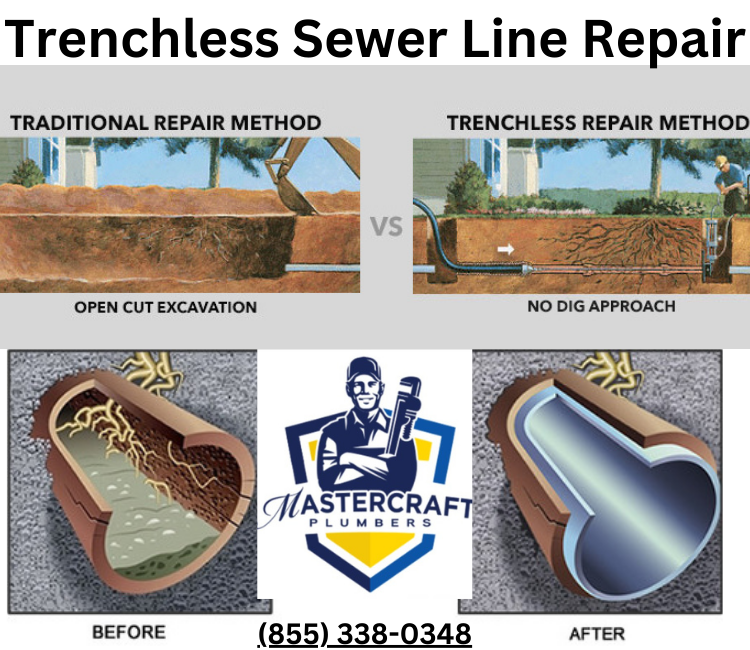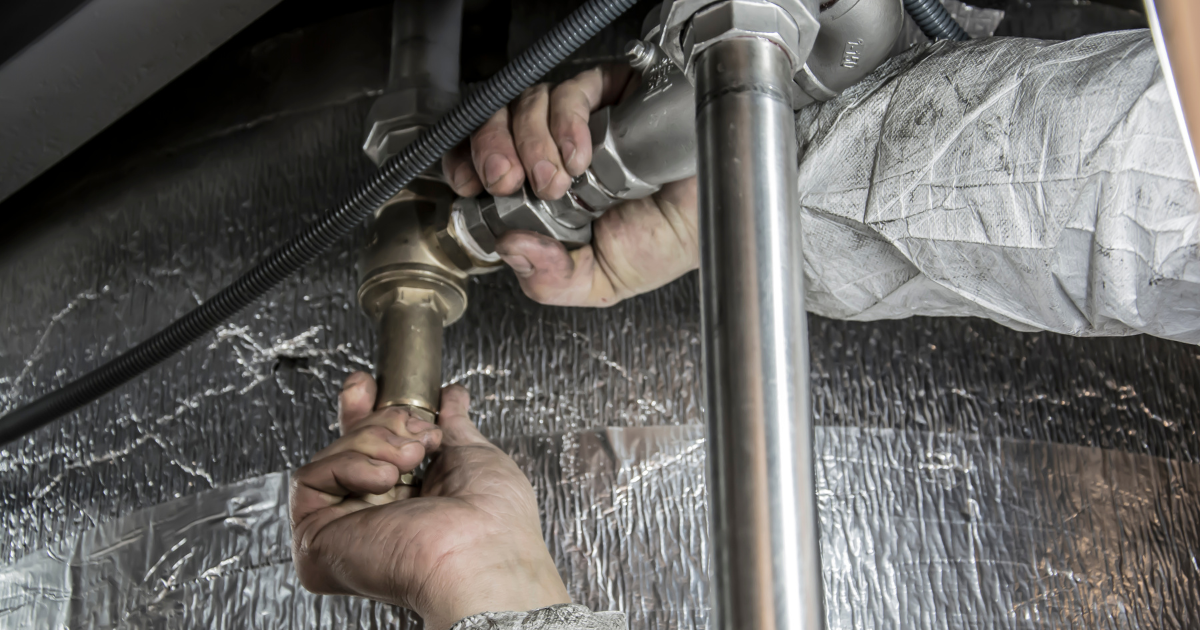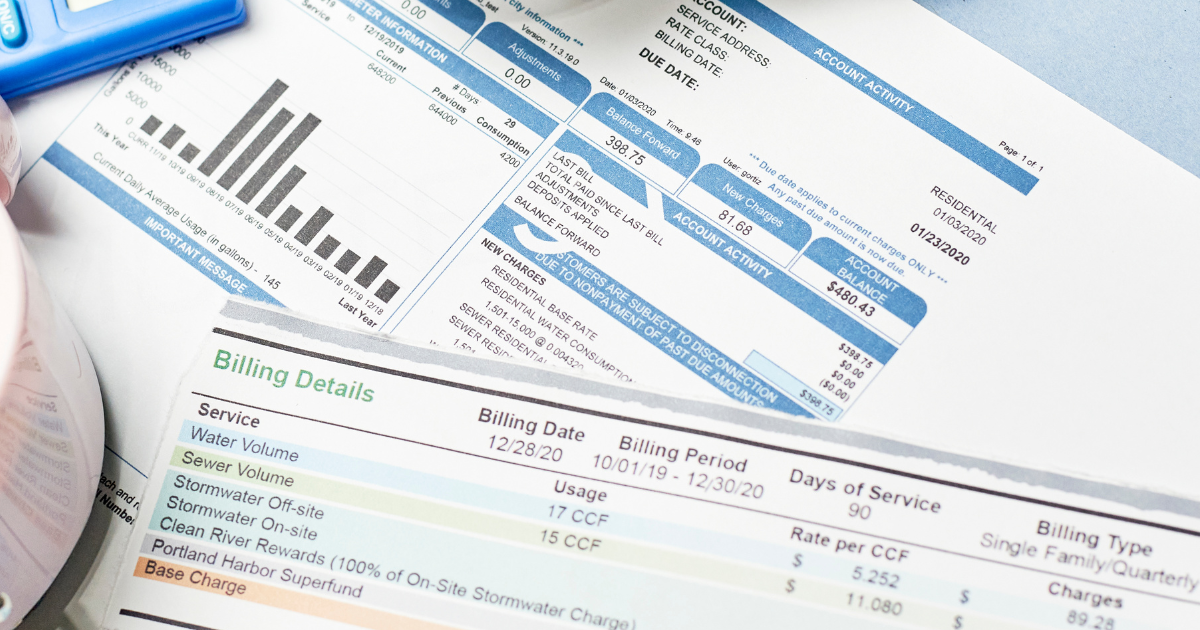Trenchless Sewer Line Repair: An Efficient and Cost-Effective Solution
Traditional sewer line repair methods, which often involve extensive digging and disruption, can be costly, time-consuming, and inconvenient.
In recent years, a groundbreaking technique called trenchless sewer line repair has gained significant popularity for its ability to address sewer line issues efficiently with minimal disruption and a tremendous cost savings to traditional repairs.

This article explores the innovative technology behind trenchless sewer line repair, its benefits, and its potential to revolutionize the way we approach sewer system maintenance.
Trenchless sewer line repair, also referred to as “no-dig” technology, is a method that enables the repair or replacement of underground sewer lines without the need for extensive excavation. Instead of manually digging up the entire pipe, trenchless technology utilizes innovative techniques to rehabilitate or install new pipelines through small access points, minimizing disruption to the surrounding area.
This eliminates the need for labor-intensive excavation work, resulting in significant cost savings.
The reduced time and labor requirements translate into lower expenses for both materials and workforce, making trenchless repairs a cost-effective choice for homeowners, municipalities, and businesses alike.
Two primary methods are commonly employed: pipe lining and pipe bursting.
Pipe Lining:
Also known as cured-in-place pipe (CIPP) lining, this method involves creating a new pipe within the existing damaged pipe. A flexible liner coated with a resin is inserted into the affected pipe, inflated, and cured using hot water or ultraviolet light.
The result is a seamless, durable pipe that restores the structural integrity of the sewer line.
Pipe Bursting:
In this method, a new pipe is installed by fragmenting the existing damaged pipe and pulling the replacement pipe into place. A hydraulic bursting head breaks the old pipe into pieces while simultaneously pulling the new pipe into position.
This process avoids the need for excavation and provides a more robust and efficient sewer line.
Benefits of Trenchless Sewer Line Repair:
The rise of trenchless sewer line repair is attributed to its numerous advantages over traditional methods. These benefits include:
Minimal Disruption:
Unlike conventional methods that require extensive digging, trenchless repair minimizes disruption to landscapes, driveways, sidewalks, and other structures. This results in less mess, reduced restoration efforts, and a faster repair process.
Cost-Effective:
Trenchless repair methods can save property owners significant expenses in terms of labor, material, and restoration costs. With less digging and reduced labor requirements, overall project costs are notably lower.
Time Efficiency:
Trenchless repairs are typically completed much faster than traditional methods. Without the need for extensive excavation, the repair process is streamlined, resulting in reduced downtime and inconvenience for property owners.
Durability and Longevity:
Trenchless sewer line repairs often result in improved durability and longevity compared to traditional methods. The seamless pipe lining or the replacement pipe installed in pipe bursting provides a strong, corrosion-resistant, and long-lasting solution.
Environmentally Friendly:
Trenchless repair techniques contribute to environmental conservation by minimizing soil disturbance, reducing the carbon footprint associated with trucking and excavation, and preventing potential damage to tree roots and natural habitats.
The Future of Sewer Line Maintenance:
Trenchless sewer line repair has emerged as a game-changer in the field of infrastructure maintenance. It has revolutionized the field of sewer system maintenance.
Its rapid adoption reflects the industry’s recognition of the technology’s numerous benefits and the increasing demand for efficient, cost-effective, and environmentally friendly solutions.
By offering a non-invasive, cost-effective, and efficient solution, this innovative technology has revolutionized the way sewer lines are repaired and replaced. Its benefits, such as minimized disruption, reduced costs, faster repairs, enhanced durability, and environmental friendliness, make it an attractive option for homeowners, municipalities, and businesses.
The post Trenchless Sewer Line Repair: An Efficient and Cost-Effective Solution first appeared on MasterCraft Plumbers.


